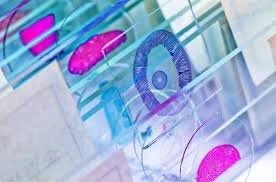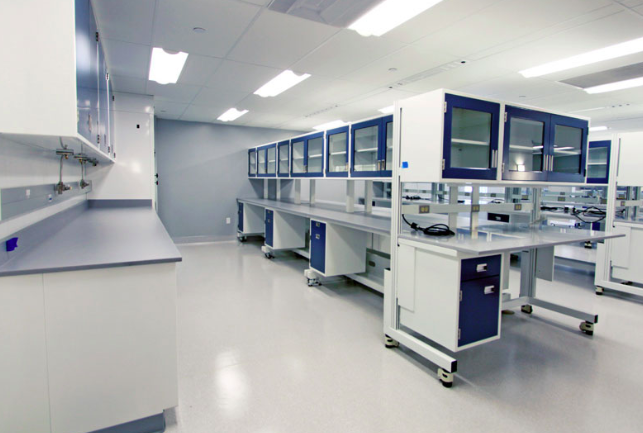Introduction to Standard Operating Procedures
Biobanks and biorepositories needs to develop and adopt standard operating procedures (SOPs) that describe the policies and processes of the biorepository in detail.
SOPs should be detailed, well structured, and should undergo a strict approval process. SOP’s need to be reviewed periodically to assess the necessity of updates. Once implemented, SOPs should be routinely followed. Copies of SOPs should always also be stored in designated locations accessible to all personnel at any given time. Biorepository and biobank personnel should review SOPs prior to implementation.
Contents of the SOP
The SOP manual can be very dense and detailed, but should at the very least contain the following points:
Informed Consent
All biorepositories need to keep all records and related documents of the informed consent status for every biospecimen. Additionally, the procedures or protocols followed to obtain informed consent must be specified. Along with this the protection of privacy for all participants and data confidentiality should also be described.
Equipment
This section of the SOP should include the monitoring and calibration of all of the equipment. SOPs regarding the maintenance and repair of equipment is also crucial. All biorepositories should have their own procedures that routinely monitor all the equipment that is involved in the preparation and storage of biospecimens. The accurate calibration of equipment is vital to avoid affecting the quality of biospecimens and their data. The operational settings of the equipment should always be recorded along with all of the repairs that have been performed.
Collection Supplies
All biorepositories should have high standards for their reagents and consumable supplies that are used in the collection, processing, and storage of biospecimens. This means that the supplies should be acquired from certified and approved vendors and should meet the material specifications. Personnel should ensure that these supplies are in good condition prior to their utilization.
Identification and Labeling
All biorepositories will need to have their own guidelines and protocols for the labeling and identification of biospecimens. This should be coupled with the linking of biospecimens to their records regarding donor information and informed consent, so that when required it will be readily available.
Collection and Processing Methods
In this section details are extremely important to allow for the accurate replication of collection and processing procedures. This means that detailed descriptions of the supplies and equipment used are necessary. Along with the methods and processes used in the division of biospecimens into respective aliquots. The collection and processing of biospecimens must include records of staff names, dates, and specific times so potential pre-analytical variables are all recorded.
Storage and Retrieval
All procedures for the storage and retrieval of biospecimens from the biobank should be well described. This should include the guidelines for the addition and withdrawal of biospecimens, response to requests, fulfilling requests, and the disposition of biospecimens.
Transport and Distribution
All biorepositories should have designated policies and protocols for the transport and distribution of biospecimens that ensures their integrity, quality, and safety. This means guidelines should include packaging specifications addressing temperature conditions, temperature monitoring, regulations for the transport of hazardous materials, shipment logs, notifications for delivery, delivery confirmation, and agreements that cover transfers.
Quality Control
All biobanks should have their own testing procedures that document the results which are then kept in the records. This should comprise of tests that assess and control the quality of biospecimens, confirmation of histopathology diagnosis, assessment of nucleic acid integrity, biomarker expression, and more.
Informatics
Policies and guidelines for the management of records and procedures that define data collection methods, access to data, reporting, and quality control of data should be available for all biobanks.
Biosafety
It would be best for all biorepositories to have policies and procedures that address biosafety issues such as the reporting of staff injuries, precautions that the staff should have for bloodborne pathogens, the use of personal protective equipment, handling of hazardous material, and the disposal of biohazardous material and medical waste.
Training
All centers should have their own policies and procedures when it comes to the training of their personnel. These training should be documented, corrective actions that are taken, steps taken to resolve discrepancies for inventory or shipment, manage power outages, monitor samples, and the handling of emergencies and natural disasters.
Security
Procedures for security concerning administration and information systems should be available for all biobanks and biorepositories. These SOPs should address the different points of contact and personnel that are involved in backup. Names and contact numbers for the designated personnel should also be available.
Conclusion
It is important for all biorepositories and/or biobanks to have detail-rich standard operating procedures as it helps personnel get organized and offers guidelines in times of emergency. SOPs can also help to provide detailed information about the processes and preservation methods that ensure biospecimens retain their integrity and are of the highest quality.
References:
Quality management: Technical and operational best practices. National Cancer Institute. Accessed 10/18/2018.https://biospecimens.cancer.gov/bestpractices/to/qac.asp#b-3-3









